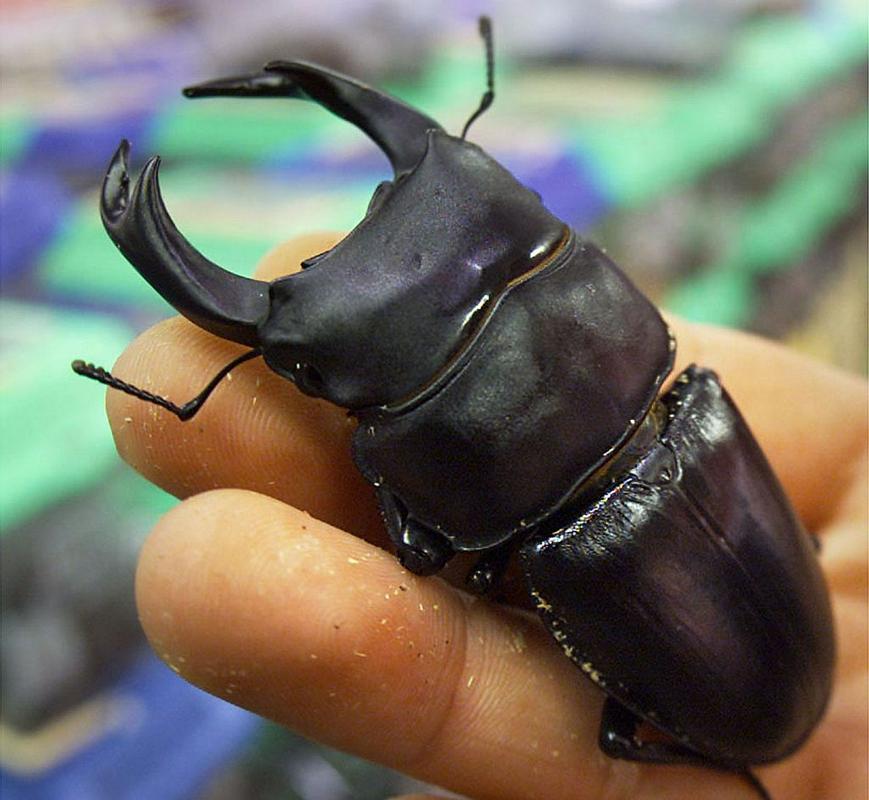At the mention of the word ‘beetle’, many people associate it with the Colorado potato beetle and the largest European species of stag beetles. However, there is great biotic diversity in Slovenia also in regard to beetles – more than 6,000 species can be found in Slovenia, and additional 2,000 species live in other European countries, too.
Where spruce trees grow, beetles vanish
The most widely populated Slovenian species are stag beetle as well as the great capricorn beetle, Morimus funereus and the Rosalia longcorn. All four species have already gone extinct in some European countries due to changed conditions in the forest – either due to intensive deforestation or transforming deciduous to coniferous forests, mostly represented by the spruce tree. The above-mentioned beetles depend on the existence of a natural balance in the forest. They need to have sufficient amounts of died-out and old wood, which is why they’re only found in indigenous deciduous forests comprising the oak, the beech tree, the chestnut tree and other deciduous trees, explains the Institute for Nature Conservation, adding that in places where the forest is severely affected by deforestation and newly planted with the spruce tree, these species of beetles cannot survive.
Asking nature lovers for help
The Institute has been following the population of all four species for several years now, also with the help of people who report where they have seen a beetle, be it on their walk or a regular visit to the forest. The project is now in its ninth year, points out Martin Vernik from the Institute. The information is being gathered at a special website called Sporoči vrsto (Report the species), allowing users to report in a very simple way when and where (including the type of environment) they have seen a beetle. The Institute also encourages the people to send photographs, says Vernik, since it is very easy to mix up certain species of beetles, e.g. the female stag beetle.
Tanja Kozorog Blatnik, MMC; translated by K. Z.


































































